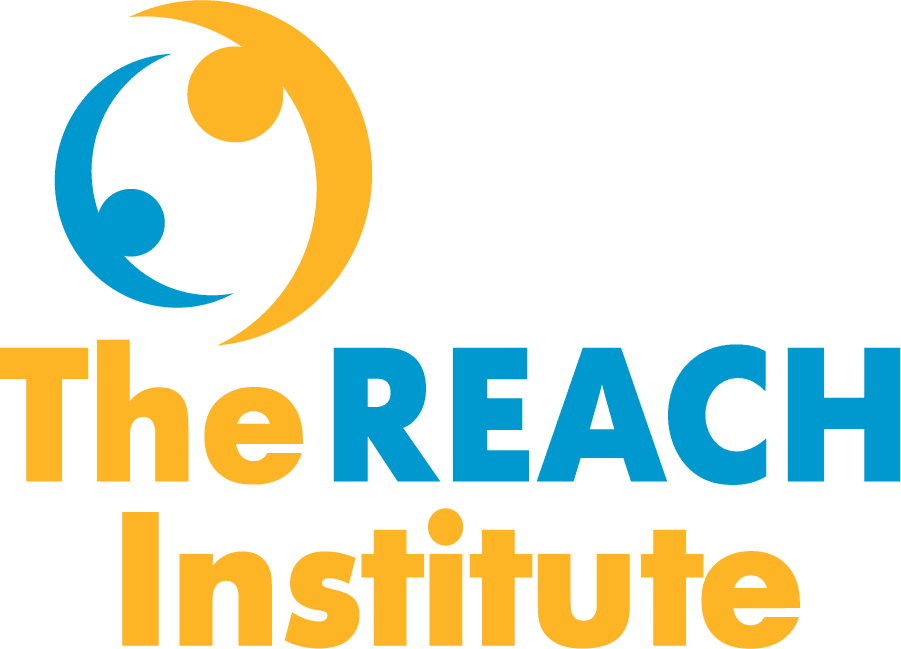Assessment & treatment of eating disorders in adolescents
- April 14, 2022
- The REACH Institute
- Assessment & screening, Child mental health Eating disorders,
by Jasmine M. Reese, MD, MPH

Eating disorders are life-threatening mental health conditions—and they are not limited to affluent white girls! Eating disorders affect people of lower socioeconomic status, members of non-white ethnic groups, preteen children, and boys. LGBTQIA young people are at particular risk.
DSM-5 defines four main categories of eating disorders: anorexia nervosa, bulimia nervosa, binge eating disorder, and avoidant/restrictive food intake disorder, along with several atypical disorders. A recent article in Pediatrics summarizes the diagnostic criteria.
Screening

Jasmine M. Reese, MD, MPH, is director of the Adolescent and Young Adult Specialty Clinic at Johns Hopkins All Children’s Hospital and a REACH faculty member.
As a pediatric primary care provider (PCP), your first indication that a patient may have an eating disorder is likely to come from caregiver reports or your weight chart.
Screening tools for eating disorders include the Eating Disorder Examination Questionnaire and the Eating Attitudes Test. A briefer tool is the SCOFF questions:
S: Do you make yourself Sick because you feel uncomfortably full?
C: Do you worry you have lost Control over how much you eat?
O: Have you recently lost more than One stone (14 pounds) in a three-month period?
F: Do you believe yourself to be Fat when others say you are too thin?
F: Would you say that Food dominates your life?
Yes answers to two or more questions warrant further assessment and evaluation.
History
Eating in secret, distorted body image, denial, perfectionism, obsessive eating behaviors, and over-exercising are characteristic of eating disorders. Question your patient alone, away from caregivers.
- Take a 24-hour diet history.
- Ask specific questions about exercise types, frequency, and duration.
- Ask whether the patient ever eats in secret; engages in bingeing and purging; or uses laxatives, diuretics, diet pills, caffeine, or stimulants to lose weight.
- Ask about reproductive health, including menses and libido changes.
- Assess the patient’s mental health and mood. You may want to screen for depression or anxiety.
- Ask about substance use, including nicotine and marijuana.
Interview caregivers separately. Their insights on disordered eating behaviors are especially important if the teen is in denial.
Physical Examination
Imbalance between the body’s needs and nutritional intake affects nearly all body systems. An EKG may be in order, as heart health is a significant factor. Bradycardia—beyond “athletic heart”—is common among patients with anorexia.
Lab tests can help to rule out other causes and to assess physical damage. Be sure to check electrolytes, especially phosphorus. Depleted adenosine triphosphate (ATP) can affect cardiac function and lead to sudden death.
Symptoms that indicate the need for immediate medical hospitalization include low heart rate or blood pressure, heart arrythmia, low body temperature, dehydration, low body weight, and inability to take steps toward healthy eating.
Patient and Family Communication
Patient education can start during the screening interview. “Here’s what concerns me: You’re taking in less energy than your body is expending. It’s affecting your physical health. Your blood pressure is low. I’m worried that you could pass out while you’re playing your sport or driving.” Don’t comment on the patient’s weight loss or thinness; the patient is likely to see alarming weight loss as positive.
In contrast, weight trends, particularly when charted on a graph, can help you communicate the seriousness of the problem to the caregivers when you talk with them separately.
After sharing the initial assessment, bring the family together to talk about next steps. Both patients and caregivers need to understand, for example, that a broad array of tests is necessary because disordered eating affects a broad array of body systems.
If it is safe to send the patient home for now, enlist the caregivers to start to address the eating disorder. Parents may need to prepare meals and monitor consumption. Patients may need to suspend their exercise program until they develop a healthier relationship with food.
Treatment
Treatment of eating disorders requires a care team consisting of, at minimum, the PCP (who coordinates care), a dietician, and a mental health therapist.
Most patients need more than an hour a week of mental health therapy with regular pediatric visits. Options include an intensive outpatient program, partial hospitalization, or residential treatment.
Maintain a list of treatment centers that includes approaches, specializations, and patient populations. Residential centers for adolescents with eating disorders may be difficult to find, and families are often reluctant to send their child away for treatment. If residential treatment is indicated and a bed is available, talk with the parents about how much more likely the child is to recover if they have 24-hour support.
In fact, caregivers are the key to the success of any treatment. You are in a unique position to enlist their support. Reassure the parents that, although their child’s illness is serious, a team of professionals is partnering with them to address the problem. Together, you can help the child recover.
Resources
Hornberger LL, Lane MA, AAP The Committee on Adolescence. Identification and management of eating disorders in children and adolescents. Pediatrics. 2021;147(1):e2020040279. doi:10.1542/peds.2020-040279
Lindvall Dahlgren C, Wisting L, Rø Ø. Feeding and eating disorders in the DSM-5 era: A systematic review of prevalence rates in non-clinical male and female samples. J Eat Disord. 2017;5:56. doi:10.1186/s40337-017-0186-7
Luck AJ, Morgan JF, Reid F, O’Brien A, Brunton J, Price C, Perry L, Lacey JH. The SCOFF questionnaire and clinical interview for eating disorders in general practice: comparative study. BMJ. 2002;325(7367):755-756. doi:10.1136/bmj.325.7367.755
Watson RJ, Adjei J, Saewyc E, Homma Y, Goodenow C. Trends and disparities in disordered eating among heterosexual and sexual minority adolescents. Int J Eat Disord. 2017;50(1):22–31. doi:10.1002/eat.22576
Categories
- ADHD
- Anti-racism
- Anxiety
- Assessment & screening
- Autism
- Child mental health
- Coding
- Cognitive behavioral therapy
- College transition
- Culturally responsive
- Depression
- Eating disorders
- Foster care
- Grief
- High-risk children & youth
- LGBTQIA
- Medication
- Parents
- Patient communication
- Pediatric primary care
- School refusal
- Sleep disorders
- Suicide
- Trauma
- Show All Categories
Register for courses
“This is the first conference I’ve been to where I felt like the entire weekend will impact my practice I think that is due to the engaging, hands-on and fun format. It kept me engaged throughout. Also, I feel like the materials we received are sending me out into the world armed with the tools I need to put the information I learned into practice.”
